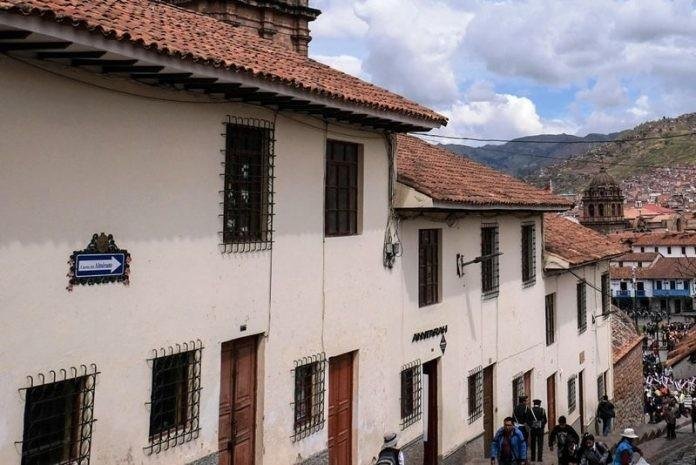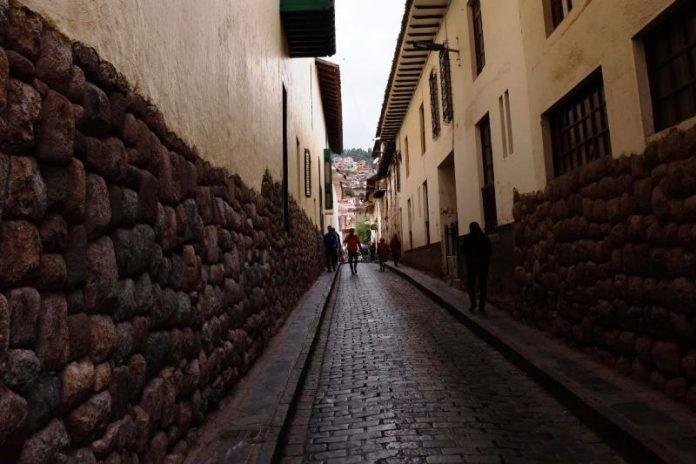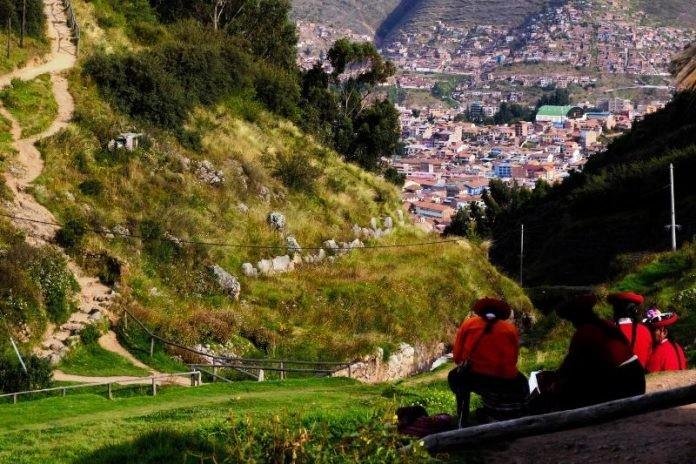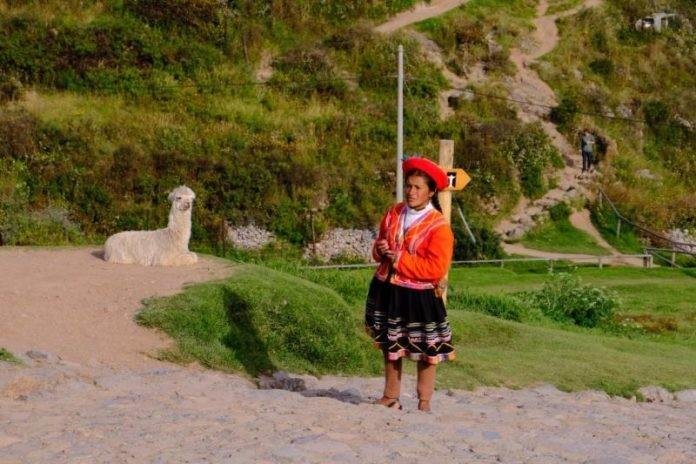
If visiting Cuzco, we will see how this city is so great. In the Inca era the city was sprinkled with gold and worldly wealth, but once Francisco Pizzaro arrived and started the conquering era, Cuzco was instantly transformed. The first Cuzco was destroyed until the remains of the Inca were gone, then rebuilt into a city like in Spain. That is the essence of conquest that Pizzaro did, eliminating the influence of the Incas and plunging Spanish influence.
However, although the changes are so drastic, Cuzco remains great. In fact Pizzaro still can not eliminate the influence of the Incas that are so entrenched. Moreover destroying the Inca buildings took a lot of time because of its gigantic scale. If traveling around Cuzco, we can see how the Inca temples that are now living in rubble are really gigantic.
Pizzaro dismantles the important Inca era buildings considered sacred by the Incas and then rocks are used to build new buildings. Being a church, being a home, being a fortress, being a market, became Cuzco's important buildings.
In this way, Pizzaro builds Cuzco now from the old Cuzco. There will be two layers of Cuzco, the Inca-era Cuzco streets with large stones while the Spanish era buildings are constructed from Inca rubble as the foundation and complex and carved facades.


Cuzco is a city dwiwarna, white and brown. The majority of old buildings in Cuzco that have existed since the Spanish era five centuries ago are white or brown. Therefore when viewed from a distance, the city is like a city of chocolate and white only.
The majesty of this city continues to survive until now, Cuzco is a major tourist city in Peru. Millions of people come to Cuzco every year, that's why the city is always vibrant. At the Plaza de Armas regularly held many parties and celebrations.

Uncovering Cuzco behind the crowded tourist attraction this city is an agrarian city. Around the city is a fertile farmland. Cuzco's location at altitude is indeed prosperous. In the Inca era, agriculture has supported the progress of the Inca, around Cuzco until now the very intricate fields and agricultural systems of Inca still live and produce a fortune for today's Peruvian farmers.
If you want to see how the agrarian life of Cuzco then go to the traditional market. This is where every day fresh vegetables, corn, potatoes and all kinds of agricultural produce flow from the villages around Cuzco. The farmers went down to town to sell directly to buyers without going through intermediary vendors.
The farmers who came still wearing traditional clothes with sombrero and poncho. This is the traditional clothes of the Peruvians, a mixture of the heritage of Inca clothing and mixed with Spain. They came to sell the produce and went back to the village.
Agriculture in fact becomes the economic support of the city, in addition of course tourism. Rich and successful people in Cuzco usually rely on these two sectors. Either swim in a tourist pool or dusty in a farm. In the marketplace, we can meet successful farmers with the jewelry and arts attributes that are so aristocratic, elegant and earthy.


Enjoying Cuzco actually enjoys a huge cultural attraction. Cuzco is a cultural place of tangling. We can see how the mystical Inca culture is still carried today, but on the other side we also see how the Catholic relijiusme so pervades Cuzco, with its wide-open church doors and liturgical ceremonies that are so serene.
The greatness of Cuzco is in its culture, its people. Anyway Cuzco survives on the Inca heritage because that's the blood of Cuzco people. With Spanish influence, the new culture does not defeat the old culture, yes there are some cultures that change but the Cuzco people are so flexible.



They may be conquered by Spain but the Inca culture permeates silently and is inherited until now. That is the essence of Cuzco's majesty.
Then we enjoy Cuzco is by enjoying its cultural majesty.